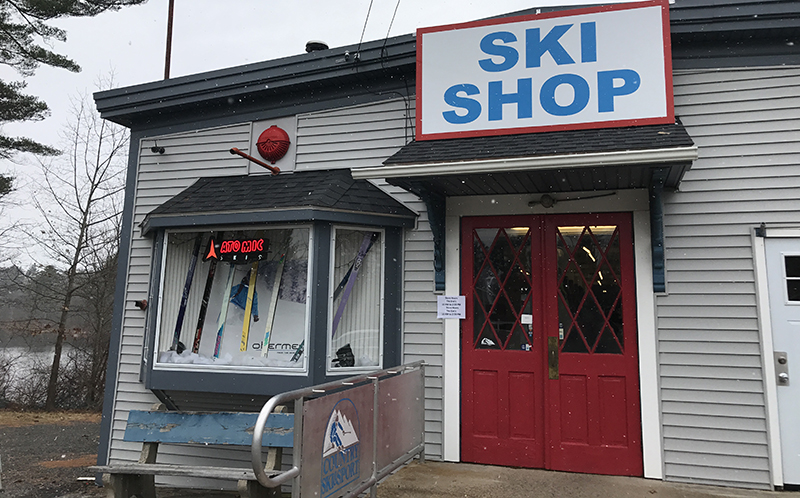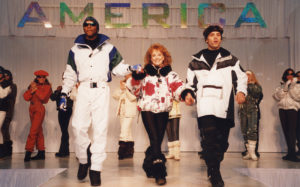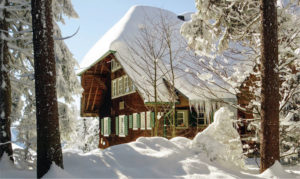
Every ski resort in New England, including my favorite in Vermont, had a great week while I was sitting at my desk at work a while back, watching online hours away. Sixteen inches of new snow in total blanketed the region over four consecutive days, leaving the mountain fully loaded and 100 percent open. Endless acres of woods were beckoning, too and, judging by the heavy traffic making its way north on Friday night, everyone in New England had gotten the memo.
The anticipation was palpable. Winter had returned with a vengeance after a couple weeks around the holiday period that predominantly featured warm temps and considerable amounts of the ‘R’ word. When the system that dumped all this new snow finally moved away, the cold front that took its place ushered in sub-zero temps. Yes, winter was back!
The weekend was everything I could hope for. Snow everywhere I wanted to go. And no lift lines, which made no sense to me. What happened to the mass exodus of people heading to the mountain to ski? The parking lot in the main base area was jammed. When I stopped in the main lodge for lunch on Saturday, the answer hit me like a wall of people blocking the entrance. Here was where everyone was, crowded in the lodge to escape the cold and wind chill outside. They were choosing chicken nuggets over impeccable skiing conditions.
I shouldn’t complain, as skiing right up to get on the lift all day is a dream come true. But come on, people. I get that many don’t like the cold, but just because it’s below zero out there doesn’t mean you will be uncomfortable. With all the technological advances in ski equipment and apparel out there today, no one should feel uncomfortably cold under normal New England circumstances.



